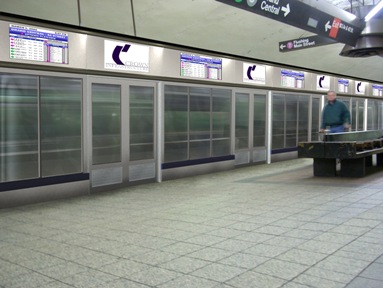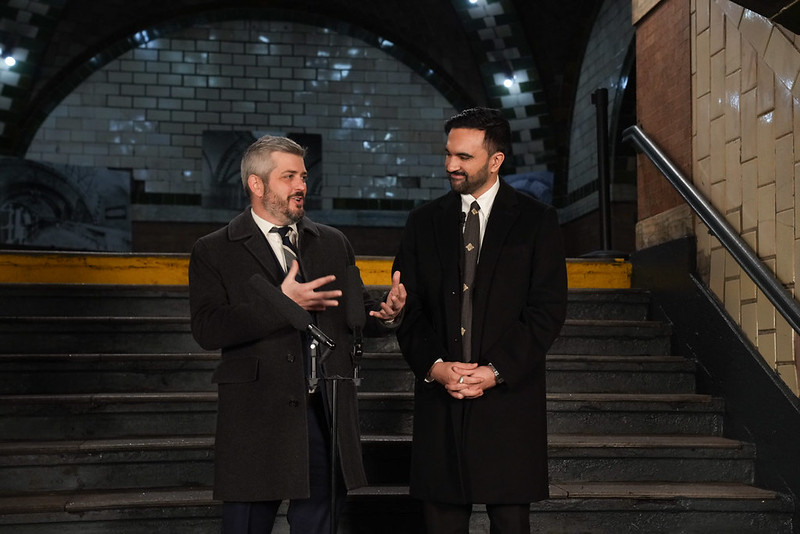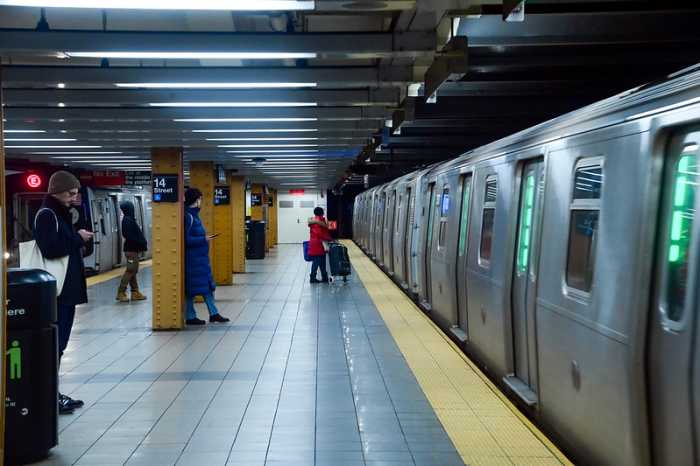After a record-tying 55 deaths from subways striking straphangers in 2012, including two high-profile shoving incidents, the MTA is reviewing platform safety.
“This is a troubling and dangerous trend with serious implications for the millions of commuters who ride the subway each day,” said Manhattan Borough President Scott Stringer. “With six fatalities so far in 2013, New York is on pace to reach nearly 100 deaths this year. I renew my call for an investigation by the MTA inspector general to determine why accidents are on the rise and what can be done to make our subway system safer.”
In a letter, Stringer asked the transit agency to look into what safety programs and features transit systems around the world are using, including platform doors, and their costs and feasibility.
At a presentation during its transit committee meeting on Monday, January 27, the MTA addressed many of those items, discussing both current measures and possible future tactics to prevent subway cars from hitting people.
The agency said that it has always emphasized platform safety, but it also plans on implementing a more rigorous campaign.
These actions include enhancing station announcements and their frequency, and posting signs highlighting platform safety in multiple languages in trains, buses, stations and on MetroCards.
The MTA is also considering a pilot for intrusion detection technology, which would warn train operators someone was on the track, and one for platform doors.
Transit systems throughout the world, including Beijing, Paris and London, are incorporating track barriers into their stations. Though they are a direct way to reduce accidents, they have drawbacks, said the MTA. They include installation and operational difficulties, and cost, estimated at $1 billion or more.
As far back as 2007, the MTA was in talks with Crown Infrastructure Solutions to create advertisement supported train barriers, but according to the company’s president, Michael Santora, those discussions never moved forward.
Installed system-wide, over time they would have been fully paid for with ads placed on the barriers, said Santora.
But MTA interim president Thomas Prendergast emphasized that the barriers are not a “silver bullet.”
“It would not solve the problem totally,” he said. “But if you look at it in terms of order of magnitude cost and what it would compete against in terms of other safety improvements, it’s a difficult argument. But we know we can do is we can focus efforts right now at trying to change customer behavior and that’s what we’re doing.”
RECOMMENDED STORIES
































